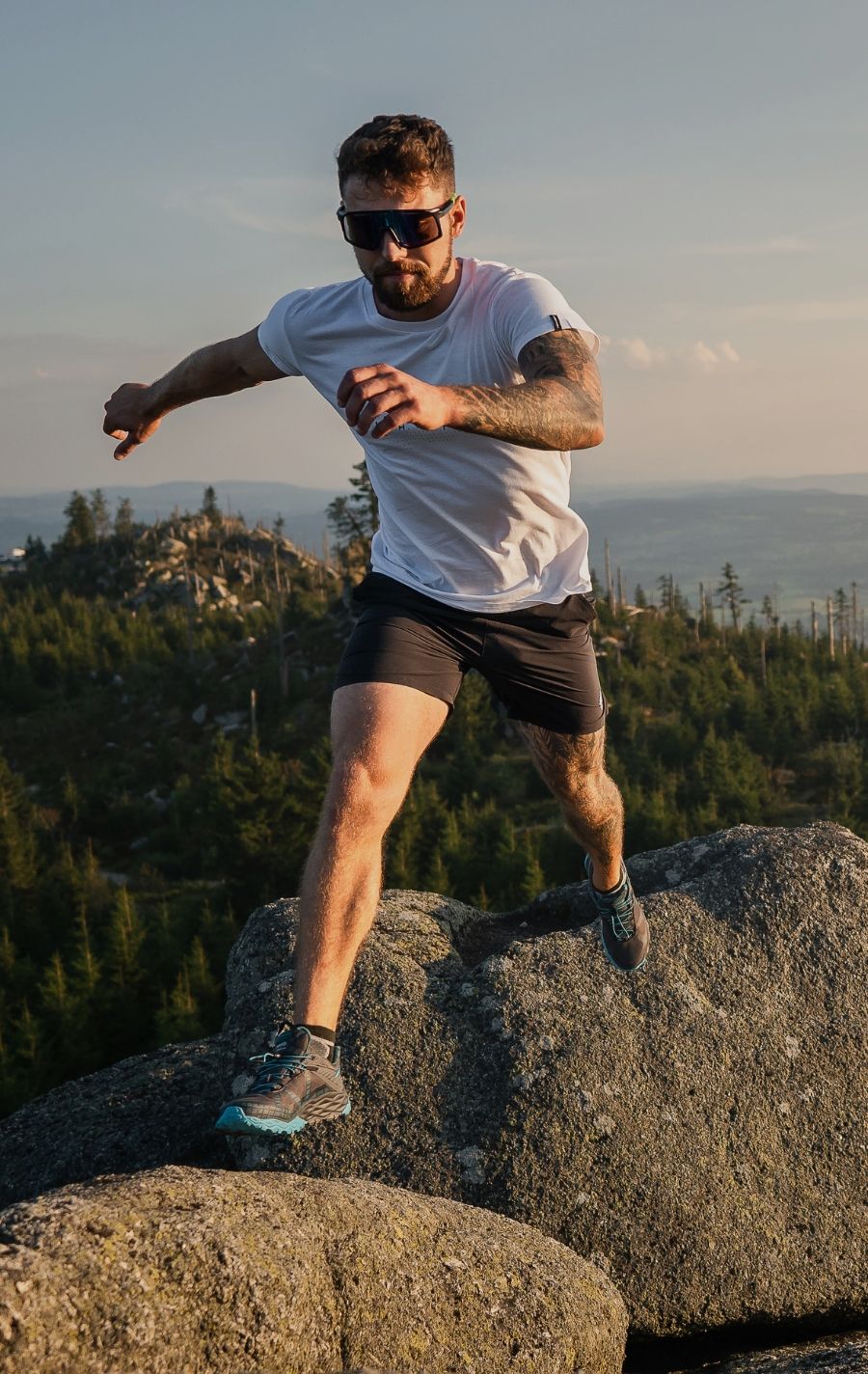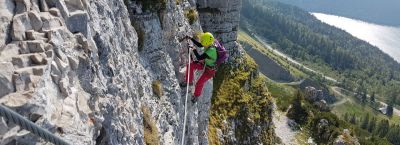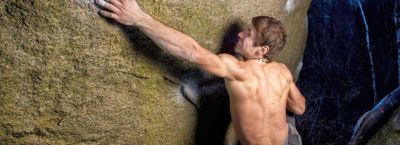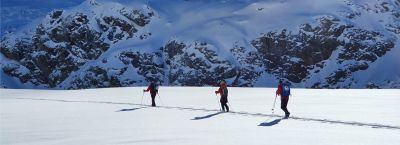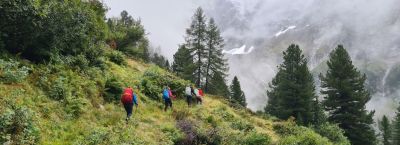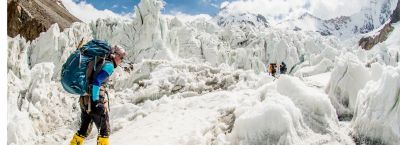Slammed Over The Rocks By ,,The Devil”
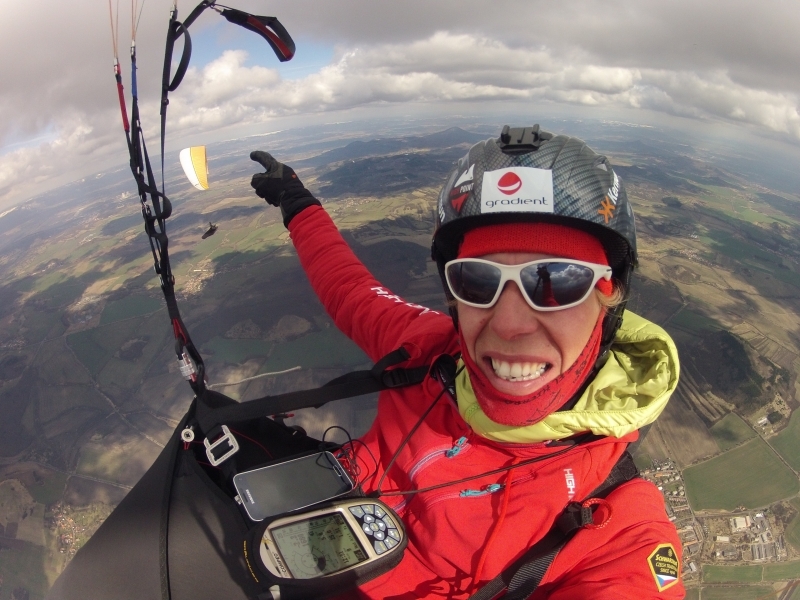
“A “classic” in this line of sport are such races as RedBull X-Alps or X-Pyr where Standa usually finishes in the first positions.
Why did you choose just hike & fly race?
I like the fact that it's more active that just paragliding and it's more connected to the nature and mainly the mountains. I personally got to hike & fly via other outdoor sports and till now it kind of links up with those whether I'm competing or just regular flying. I walk a lot and I climb the hills on foot and when I land I simply pack the paraglider in a bag and walk up to 10km to the nearest railway station. And I actually carry even less weight than a regular paraglider does.
What is the difference between hike & fly and other paragliding events?
The majority of paragliders aren't much of a sportsmen, They usually get up on a hill by using either chairlift or car and then they just fly off. This applies mainly for Czech Republic or Germany, but in France for instance there the races as hike & fly is getting quite the thing to do. Even the main manufacturers are beginning to focus on such a products as well and are advertising a make of a lighter paraglider's kit. Your regular paraglider carries up to a 20kg on his back which in itself isn't easy to lug it up a hill. The paragliders for hike & fly have the same shape as the regular ones, but are considerably lighter including the seats as well. Less fabric and smaller amount of stiffeners is being used on the paraglider itself, which on the other hand makes them more prone to tear.
What would be the most difficult thing on this kind of race such as hike & fly is?
The decision as fro whether is it easier to fly or to walk given the weather conditions. I can't fly during a heavy rain or a storm and not just because it wouldn't be safe, but because I could get carried off to opposite direction rather than to where I'm actually heading. So instead gaining the kilometers to get to the given destination I'd loose them. The worst weather for making a decision is the one “neither here not there” when it's not raining as of yet, but it's drizzling so rain it might. That's when the decision whether to fly or walk is really the hardest.
So one of the main parts in hike & fly would be a good strategy?
Certainly. I have to decide on which hill to climb and whether it's actually worth it. In a really long climb I could loose more time than I'd be then able to gain back by flying from the top. Sometimes is just better to walk, other times one has to do the climb anyway. If I manage to safe say a three hours by flying, I could then get more sleep and recuperate more easily.
You spend quite some time in the air, sometimes more than 7 hours in one go, this question might sound rather bizarre to you, but how do you cope with the need to pee?
I just open my legs wide and... Some guys use a tube attached so as to keep both hands on steering, but I don't find it comfy. Ladies often use nappies.
Do you remember the most dangerous situation during a race?
It's very hard to estimate. It's not really easy to actually thing back on it, what could actually happen and were it really dangerous or not. Once during a take off manoeuvre I got myself into a “devil” which is small whirlwind like a very small tornado and I fell from about 5 meters because of it. Other time when doing the same manoeuvre I managed to knot up my steering rope and I fell back in to the rocks, but luckily enough nothing really happened to me or one time I've strained my ankle while landing. but that wasn't dangerous either, it just hurt for a while.
You're using HighPoint products. What did you appreciate the most?
Certainly a Caspian Jacket hermally insulated by Climashield fiber which is a superb kind of insulation for getting and keeping warm. It's sleeves also include a covers for thumbs which could be used as “gloves”.Thanks to that my fingers are warm, which for paragliders is very important thing. When climbing in against rain and wind I regularly use a Venus and shorts Saguaro.
